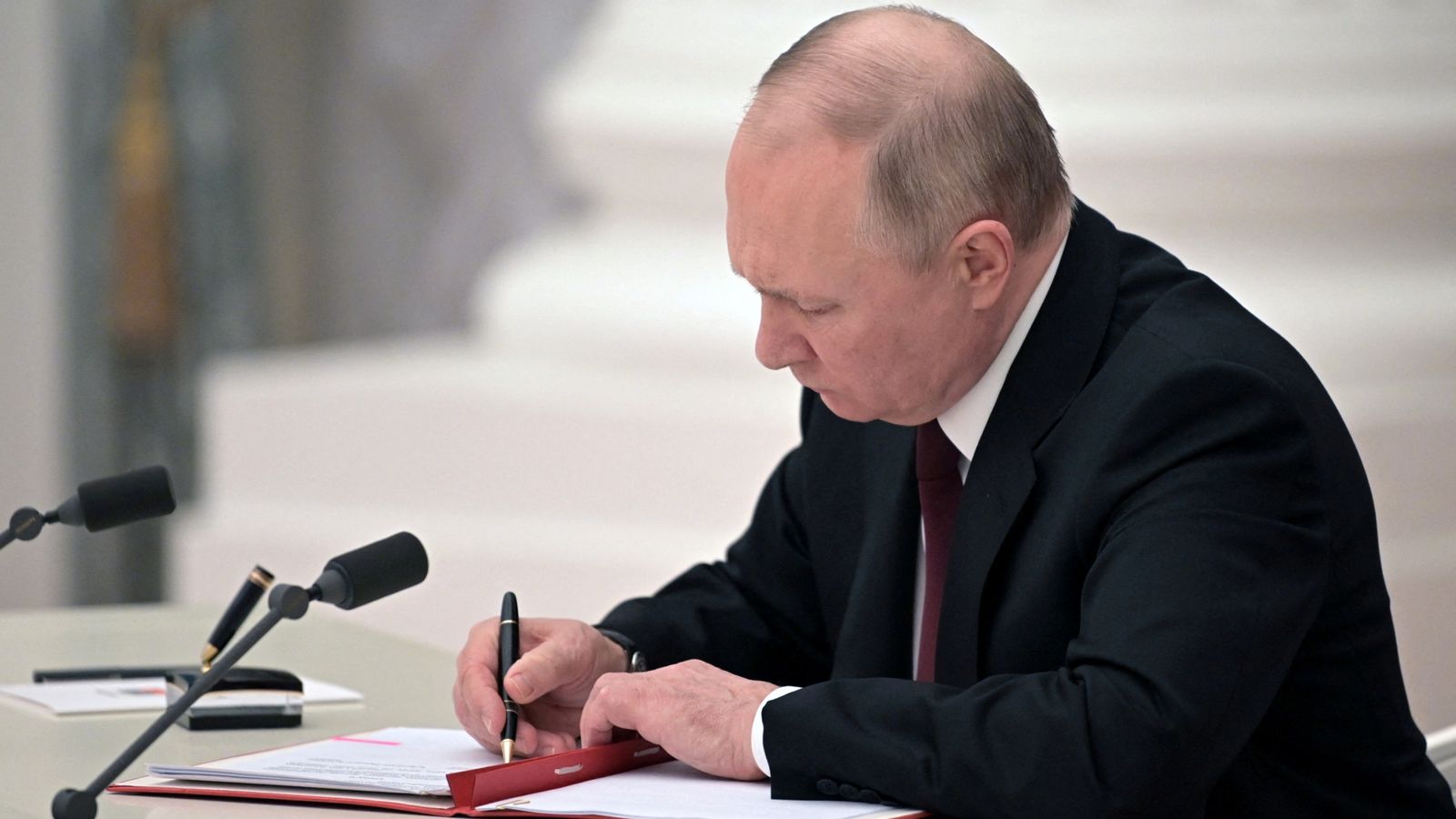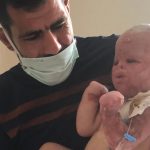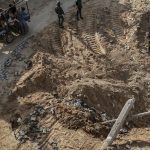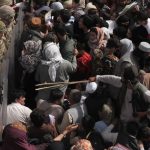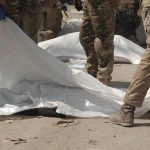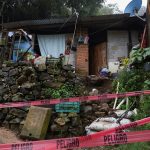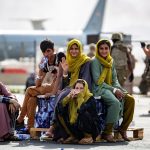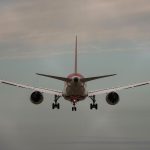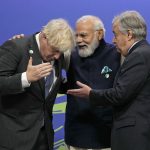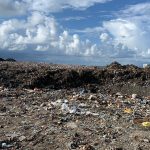Vladimir Putin has declared he recognises the independence of two separatist-held regions in Ukraine – and there is now the heightened threat that Russian troops could enter the areas.
The Russian president has defied Western warnings against making such a move over Luhansk and Donetsk, which are Ukrainian under international law.
His announcement, at the end of a TV address that lasted around an hour, follows requests by the leaders of the two Russian-backed regions – which broke away from Kyiv’s control in 2014.
Separatists and Ukrainian government forces have been involved in clashes there for years and the fighting has intensified recently.
Recognition by the president of their independence paves the way to give them military support and could provide a pretext for Russian troops to cross the border into those areas.
And it could further narrow diplomatic options to avoid war, since it marks a rejection of a seven-year-old ceasefire, brokered by France and Germany under the Minsk agreement, which has been pushed as the framework for any future negotiations on the crisis.
Justifying his decision, Mr Putin described Ukraine as an integral part of Russia’s history and said eastern Ukraine was ancient Russian lands, adding he was confident the Russian people would support his decision.
Ukraine-Russia tensions: ‘Nobody knows where Russia would stop’ after invasion, warns ex-Ukrainian president Petro Poroshenko
Ukraine crisis: Vladimir Putin set to recognise separatist regions in Ukraine as independent
Ukraine crisis: Macron’s last-ditch diplomacy ensures talks have a chance – even while military threat looms
Ukraine wants to join NATO in future – but Russia is vehemently against this and Mr Putin claimed the Western alliance has “completely ignored our concerns”, adding if Ukraine was admitted it would be a “direct threat” to Russian security.
During his lengthy speech, he said the question of Ukraine’s entry to the pact has been decided in advance.
Read live updates as Putin says Ukraine plans to create nuclear weapons
Please use Chrome browser for a more accessible video player
He said he understands that further enlargement of NATO is only a matter of time and the risk of a sudden strike against Russia will sharply grow if it expands.
The Russian president claimed the US and NATO have “unashamedly turned Ukraine into a theatre of war”.
And he believed Ukraine plans to create its own nuclear weapons, adding that if it acquires weapons of mass destruction “the global situation will change drastically, we cannot ignore this”.
He said such nuclear weapons would amount to a preparation for an attack on Russia.
There has been fighting in the breakaway regions between pro-Russian separatists and Ukrainian pro-government forces for several years.
More than 14,000 people have been killed since conflict erupted in Donbas (which includes Luhansk and Donetsk) in 2014, shortly after Moscow annexed Ukraine’s Crimean Peninsula.
Russia denies being part of the conflict but has backed the separatists with covert military support, financial aid, supplies of COVID-19 vaccines and issuing at least 800,000 Russian passports to residents.
Shelling has intensified since last week along the frontline between the rebels and Ukrainian forces.
Security and Defence Editor
Russia’s Vladimir Putin has just killed off an eight-year effort to find a negotiated solution to the war in eastern Ukraine and set the stage for military action.
A decision to recognise immediately the independence of the two separatist-held regions of Donetsk and Luhansk is an act of defiance in the face of warnings from Western allies.
Analysts believe that he could use their new status in his mind to fabricate a justification for a military intervention against Ukraine’s government.
This could happen, for example, if Mr Putin tries to claim that he has to act to protect ethnic Russians in the two regions from a threat by the Ukrainian armed forces – even though in reality that threat would be manufactured by the Kremlin.
The recognition of independence came at the end of a lengthy televised address to the nation in which President Putin used baseless claims and distorted versions of reality to make out that Ukraine, allied with the West, posed an existential threat.
This move throws fuel on a crisis that already threatens to plunge Ukraine into turmoil and will be a significant challenge for the United States and its NATO allies.
It will be met with outrage by the authorities in Kyiv and the West because Donetsk and Luhansk is Ukrainian under international law.
Germany and France in particular will be dismayed because they had led diplomatic attempts to find a lasting ceasefire between the two sides under what is known as the Minsk Accords – named after the Belarusian capital where they were signed in 2014 and 2015.
However, the agreements have never been implemented. President Putin’s move leaves them in tatters and Ukraine’s future in grave peril.
Putin’s move could mean Russian troops going into separatist regions
Recognising Donetsk and Luhansk will allow Russia – if it chooses – to send troops into Ukraine, Sky News’ Moscow correspondent Diana Magnay says.
She said: “This essentially paves the way for the Federation Council, the upper house [of the Russian parliament], to authorise the military to go into those separatist republics and then who knows where they go from there.
“Phase one could just be sending in the troops, but then of course you have a situation where Russian troops are facing off against Ukrainian troops directly – up until now it’s essentially been a proxy battle where Russian weapons, and back in 2014-15 some Russian forces, but far less now, were fighting each other in this long eight-year war.
“Then you will have a situation where you have Russians against Ukrainians. You might have skirmishes which would give further justification to go further.
“Now the separatists only occupy parts of those two regions and that would mean Russia pushing towards the borders.”
Please use Chrome browser for a more accessible video player
Read more:
As warnings of war grow, fear is also being felt in neighbouring Poland
Kyiv volunteers stock emergency shelters amid warnings of imminent invasion
How big is Russia’s military – and how does it compare with Ukraine?
On Friday, the rebels started bussing tens of thousands of civilians to Russia, accusing Kyiv of planning an attack – which Ukraine denies as propaganda.
Ukraine and the West consider the rebels to be Russia’s proxies, and have been warning for weeks that Moscow might use them to construct a case for war.
An estimated 150,000 Russian troops have now massed on Ukraine’s borders amid fears of an invasion. The US puts the figure at 190,000.
Please use Chrome browser for a more accessible video player
The Russian president denies he is planning to invade his neighbour, saying his forces are there for military drills.
But Moscow has threatened unspecified “military-technical” action unless it receives sweeping security guarantees, including a promise that Ukraine will never join NATO.
At a televised meeting of his Security Council, which normally meets behind closed doors, Mr Putin restated Russia’s demands, insisting it was not enough for the West to say Ukraine was not ready to join NATO at present.
